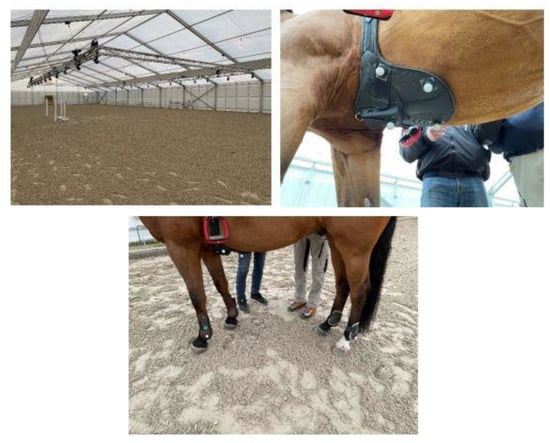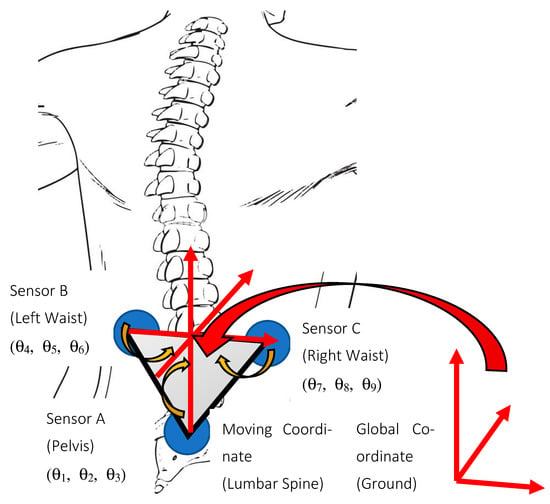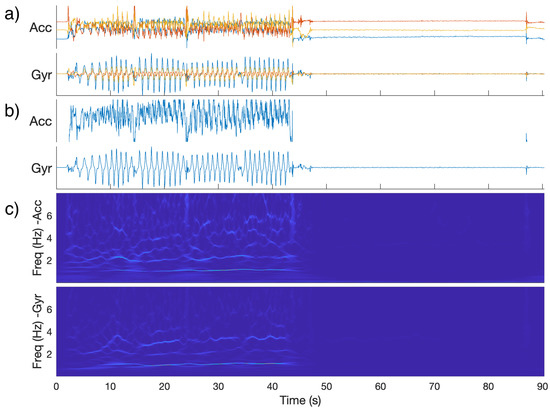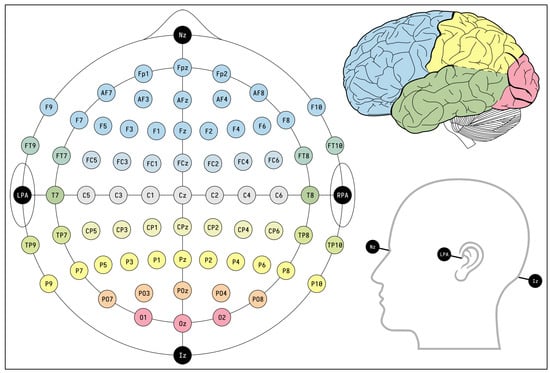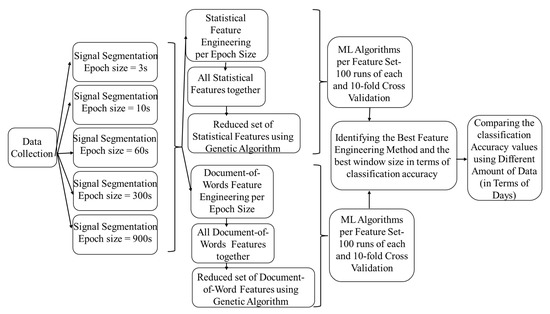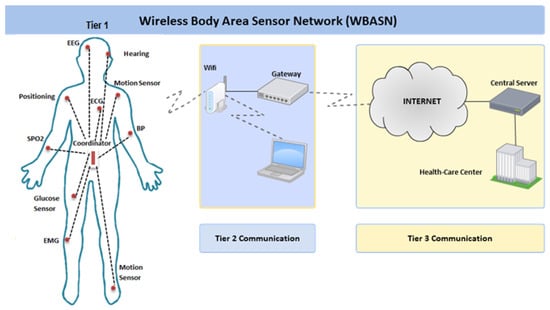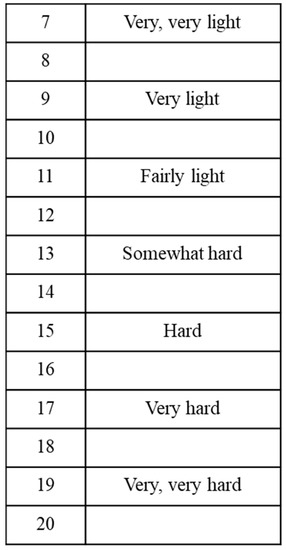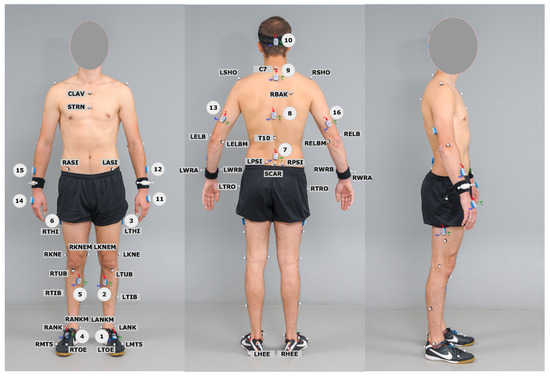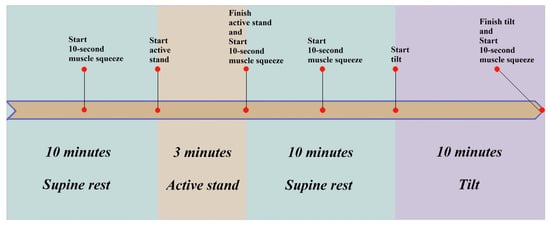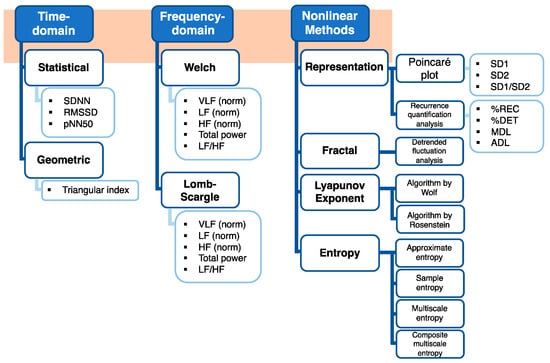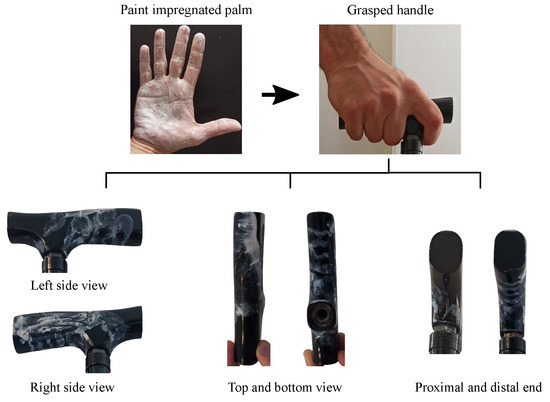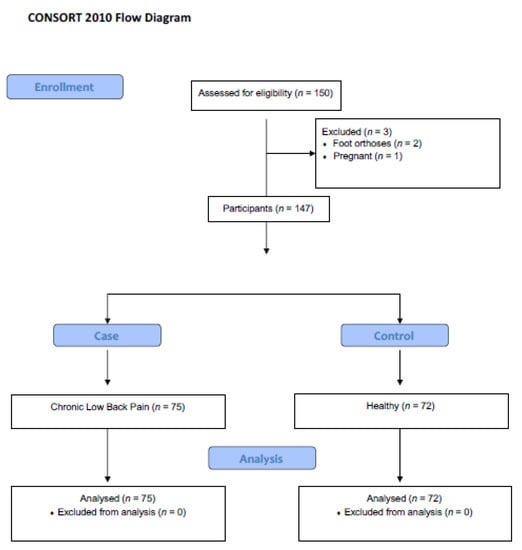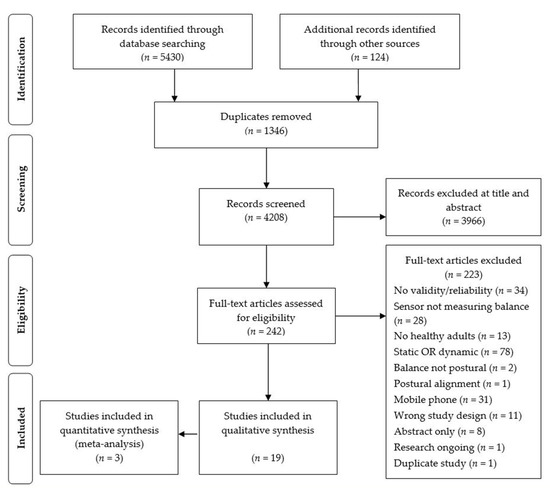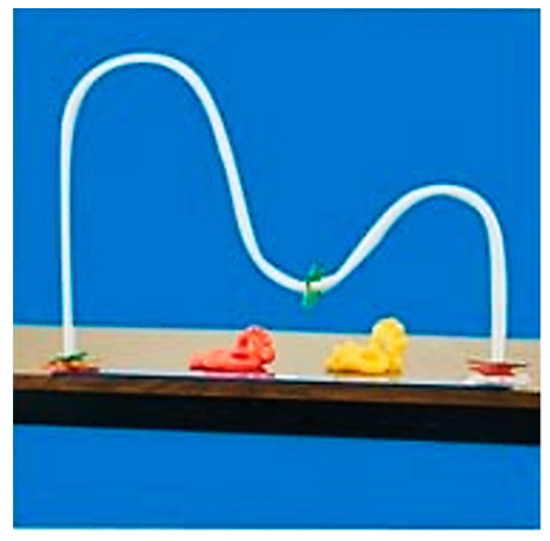Sensors for Gait, Posture, and Health Monitoring
A topical collection in Sensors (ISSN 1424-8220).
Viewed by 61975Editor
Interests: gait and posture; activity monitoring; fall risk assessment; nonlinear dynamics; biodynamics; wireless inertial sensors; wearables; musculoskeletal and neuro-rehabilitation
Special Issues, Collections and Topics in MDPI journals
Topical Collection Information
Dear Colleagues,
In recent years, many technologies for gait, posture, activity assessments have emerged. Wearable sensors, active and passive in-house monitors, and many combinations thereof all promise to provide accurate measures of gait and posture parameters as well as their activities of daily living (ADL). Motivated by market projections for wearable technologies and driven by recent technological innovations in wearable sensors (MEMs, electronic textiles, wireless communications, etc.), the wearable health/performance area is growing rapidly and has the potential to transform the future of healthcare from disease treatment to disease prevention.
The objective of this Topical Section within the Sensors journal is to address and disseminate the latest gait, posture, and ADL monitoring systems as well as various mathematical models/methods characterizing mobility functions. As such, in this Section, we call on those researchers who have used various sensor technologies and methods to assess gait, postural, and activity characteristics among varied populations. We especially welcome those topics related to wearables and their computational models, such as machine learning and artificial neural networks seminal to the foundation of AI.
This Topical Section focuses on wearable/passive monitoring systems and physical sensors and their mathematical models that can be utilized in varied environments and varied conditions in monitoring health and performance.
Prof. Dr. Thurmon Lockhart
Guest Editor
Manuscript Submission Information
Manuscripts should be submitted online at www.mdpi.com by registering and logging in to this website. Once you are registered, click here to go to the submission form. Manuscripts can be submitted until the deadline. All submissions that pass pre-check are peer-reviewed. Accepted papers will be published continuously in the journal (as soon as accepted) and will be listed together on the collection website. Research articles, review articles as well as short communications are invited. For planned papers, a title and short abstract (about 100 words) can be sent to the Editorial Office for announcement on this website.
Submitted manuscripts should not have been published previously, nor be under consideration for publication elsewhere (except conference proceedings papers). All manuscripts are thoroughly refereed through a single-blind peer-review process. A guide for authors and other relevant information for submission of manuscripts is available on the Instructions for Authors page. Sensors is an international peer-reviewed open access semimonthly journal published by MDPI.
Please visit the Instructions for Authors page before submitting a manuscript. The Article Processing Charge (APC) for publication in this open access journal is 2600 CHF (Swiss Francs). Submitted papers should be well formatted and use good English. Authors may use MDPI's English editing service prior to publication or during author revisions.
Related Special Issue
- Sensors for Gait, Posture, and Health Monitoring in Sensors (71 articles)






